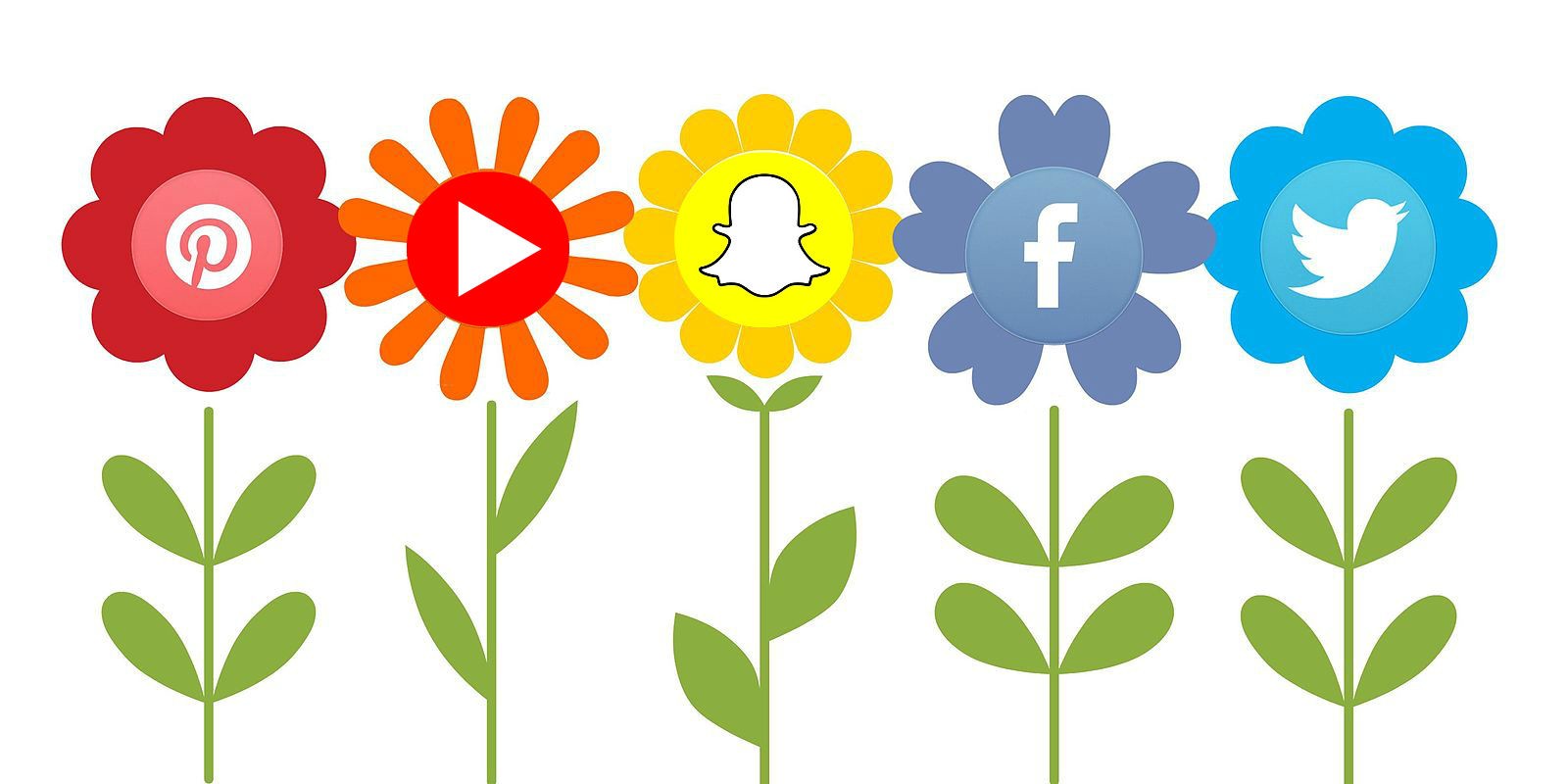An Introduction to Social Media for Business
20 August 2018
If you’re looking at embarking upon creating a social media strategy, the first thing to consider is what platform will best suit your needs and the type of content you plan to put out.
Social media is the front page of your brand or business. Think of it as your online mouthpiece; the way you can speak directly to your customers. If you don’t think it’s right for your brand or that your audience or customers are not on social media, think again; according to Statisca, at the beginning of 2017, the total number of social media users in the UK had reached over 39 million users. And, with half the population visiting social every day, it’s up to you to make the most of the platforms on offer and to ensure your voice is heard in the right way.
Which platform is right for your business?
Social media is defined as: ‘websites and applications that enable users to create and share content or to participate in social networking’ - and there’s a lot of them around. From the social giants like Facebook, Twitter and Instagram to channels such as Snapchat, Pinterest and Youtube; they all allow you to share content and engage online, but how do you know where to start and which one is right for your business?
If you’re looking at embarking upon creating a social media strategy, the first thing to consider is what platform will best suit your needs and the type of content you plan to put out. For example, if you run an online store which sells artwork, you would be best suited to putting your efforts into a visual platform such as the image sharing app, Instagram. This will allow you to create a visually appealing feed of images of your offerings which will encourage customers to visit your site or physical store.
If you’re a customer service based business and will use social media as a platform to create a quick and easy dialogue between you and customers, then Twitter would be your best bet. It’s a great way to manage customer queries and put out service updates etc, but, it’s also a way for you to stay on top of trends and join in the wider conversation.
If, however, you simply want to use social media to advertise your business’ opening hours, manage enquiries and tell potential customers what you’re up to, then starting out with a well-managed Facebook page would be advisable. This platform works well for all businesses but would be a good place to start for small local business e.g. a shop or restaurant.

Using social media for business to business
There are tons of examples of B2C companies that excel at using these sites, but it’s less common to hear about a B2B company that’s making a splash on social; but that’s not to say that they can’t. Adding a personal tone to updates can remove the automated, robotic persona that can often be associated with B2B companies. Be conversational.
LinkedIn is undeniably the best place to start on social for B2B. It’s a great platform to generate leads and share your content with people who are interested in your industry. However, rather than just reaching for the direct message feature to trying to flog your business outright, try generating leads by providing value. e.g. asking people to sign up to an e-course or a piece of downloadable content you’ve created can be a great way to start a conversation with potential clients whilst advertising what your business can offer.
If you do work in a B2B company, don’t feel like you have to limit your social media strategy to just LinkedIn; other platforms like Instagram offer the opportunity to draw people's attention to successful projects or to emphasize your branding, whereas Twitter enables you to exercise your company's conversational and approachable tone.

Start with a simple strategy
Social media is vital when it comes to building your brand and increasing its visibility online, however there is little value in creating a plethora of social media accounts if you haven’t got the time, or know how to regularly maintain and update them. That’s why it’s advisable to work backwards from your business’ social needs and work out which one would work best for you so that you can work on a simple and manageable strategy to make sure you get the most out of the platform and have the time and resources to keep it active.
Once you feel comfortable regularly updating one account you could then think about sharing content on another; but only if you have something valuable to share and the platform works for you. You can take a lot of the strain out of updating your social media accounts by using a social media management tool such as Buffer. This will allow you to schedule posts in advance as well as sharing updates to several accounts.
Social media advertising and analytics
Once you’ve decided which avenue is best for you, have read up on how to make the most of the platform and have started regularly using social media, then it’s time to delve into social advertising. Just because you have 5000 ‘likes’ on your Facebook page does not mean that those people will see everything you post. You will have to pay to reach many of your customers/fans with your content, either through boosted posts or more complex social adverts curated in Facebook's business manager platform; the same applies for Instagram and Twitter. Devising a well-planned social advertising campaign can allow you to reach groups of people of your choosing based on demographics such as age, gender and interests. You can even target your adverts at your competitor’s audience.

If, however, you don’t feel like you’re ready to splash a load of cash on social advertising, there’s plenty you can do organically to increase your presence on social. Utilising hashtags and knowing when to post can have a drastic impact on the level of engagement you generate. It’s also beneficial to align your content with trending topics or to encourage conversation on your posts.
Social media analytics will provide you with data that’ll allow you to make the most out of your updates. From discovering when the best time to post is, to learning who your followers are and when they’re online. You can then begin to improve the efficacy of your social media presence to make your social media management as simple and effective as possible.
More social media help and guidance
Without doubt, social media is a highly effective tool for business. Unfortunately, it’s not something you can just dip in and out. For it to be used most effectively, it needs to be integrated with your marketing from the beginning and it needs to work alongside the rest of your efforts. But, providing that you’re proactive in your planning and develop a thought-out strategy that’s right for your business, you’ll soon have social media working wonders for you. If you need more help or ideas developing that strategy, check out these great blogs from web tool developers, Moz, inbound marketing gurus, Hubspot, and Social Media Examiner.

Tim Slack,
Tim Slack, Digital marketing expert and founder of specialist social media advertising and influencer marketing agency, Nativve
Since founding Nativve age 23, Tim’s driven the agency to work with global outdoor and lifestyle apparel brands, internationally renowned independent retailers, and 1% For The Planet NGO’s. With experience across data analytics, SEO, and strategic social media, he’s been responsible for implementing the kind of campaigns that make household names household names.
" Social Media is an essential marketing strategy for your business, learn how to harness the power of Social Media by booking onto our Social Media Workshop. Alternatively we have Digital Advisors who can provide one-to one expert knowledge in all aspects of Digital Marketing"
Olivia Axon Digital Marketing and Events Apprentice at GC Business Growth Hub